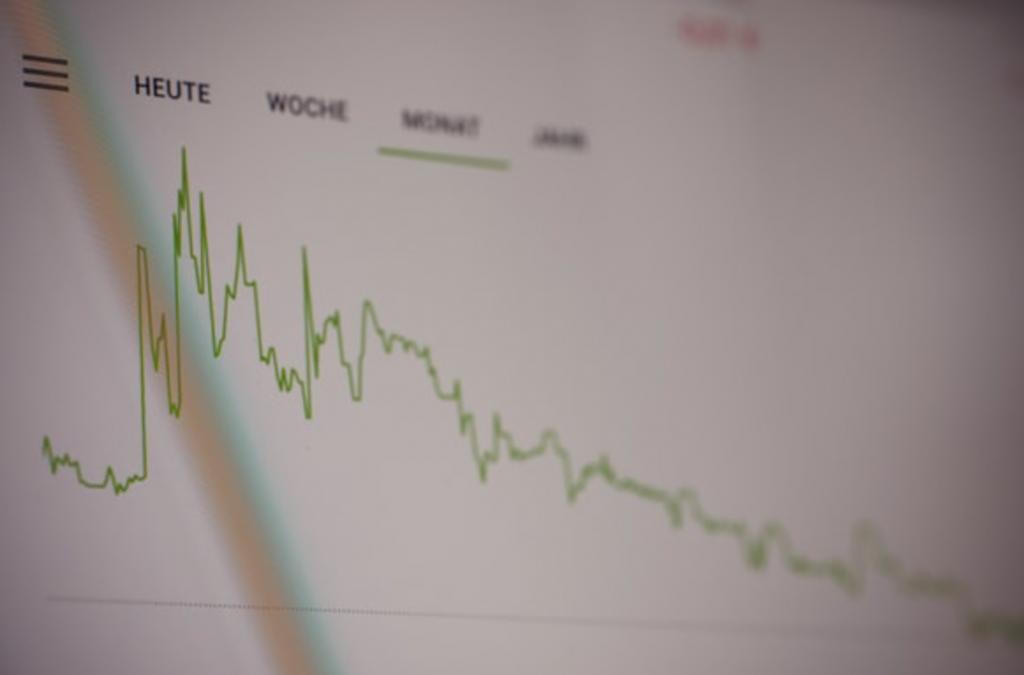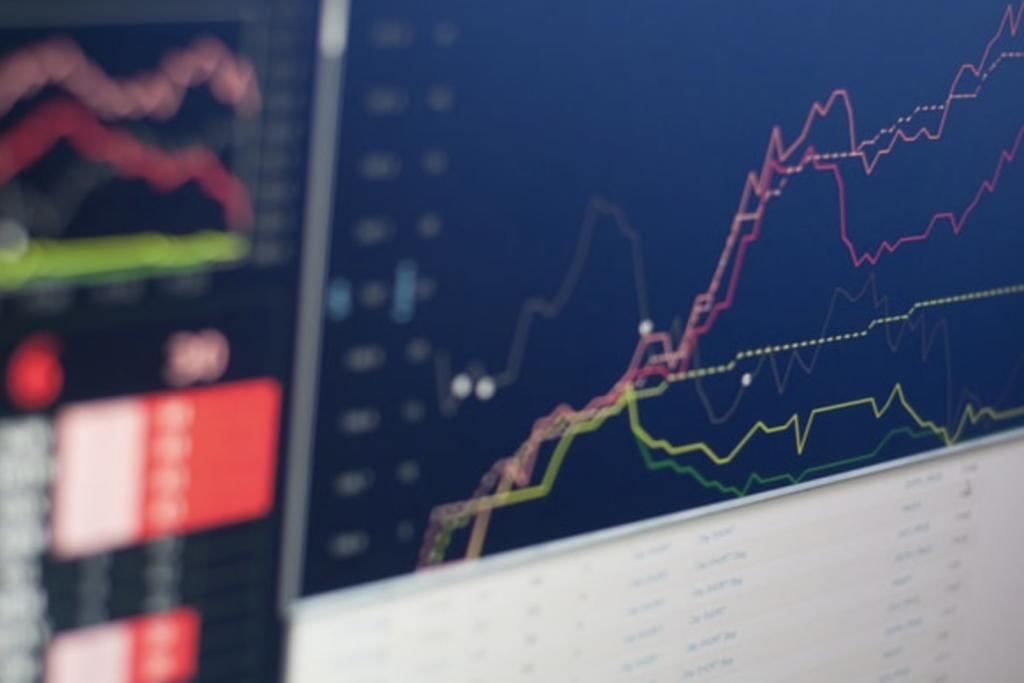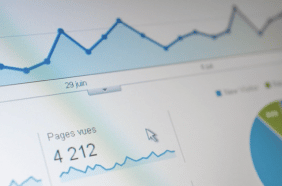Data is important to businesses. By visualizing data, business owners can see what is happening in their business. They can see what is working and what is not. They can see where they need to make changes.
Logarithmic charts are a great way to visualize data that has a wide range of values. In this article, we’ll show you how to use a logarithmic chart to visualize your data. Keep reading to learn more about logarithmic charts.
What is a logarithmic chart?
A logarithmic chart is a graph that uses a logarithmic scale to display data. A logarithmic scale is used when the data ranges from very small to very large numbers. It is designed to show the relative changes in data over a certain period of time.
This type of chart is especially useful when you want to see how a small change in one value can affect a much larger change in another value. The logarithmic scale compresses the large values and expands the small values, so all the data can be seen on the same chart.
Logarithmic charts can track company growth over time.
A logarithmic chart is a great way to track company growth over time. The y-axis on a logarithmic chart can show percentage growth or absolute growth, while the x-axis can show time in years or any other unit of measure.
A logarithmic chart can show both the rate of growth and the total size of the company. In the early years, the company’s growth is often very fast, but it eventually slows down. The logarithmic chart can help track this change in growth over time.
It can also help track the competition. As the company grows, the competition usually grows as well. The logarithmic chart can help visualize how the company is doing compared to its competitors.
A logarithmic chart is a powerful tool for tracking company growth over time. It can help track the company’s rate of growth, the total size of the company, and how the company compares to its competitors.
Logarithmic charts can help identify trends in the market.
In business, it is important to always be on the lookout for trends. A trend is a general direction in which something is moving. By identifying trends, you can make informed decisions about where your business should go in order to stay ahead of the competition.
There are a number of different ways to identify trends. One way is to use a logarithmic chart. A logarithmic chart is a graph that shows how a variable changes over time. It can be used to show how the number of sales or the size of a market changes over time.
By looking at a logarithmic chart of sales data, you can see how sales have been trending over time. This can help you decide whether you should increase your sales efforts or not.
A logarithmic chart can be a powerful tool for identifying trends in any type of data. By using a logarithmic chart, you can get a more accurate picture of how a variable is changing. This can help you make more informed decisions about the direction your business should go in order to stay ahead of the competition.
Businesses can find relationships between data sets with a logarithmic chart.
A logarithmic chart can be used to find relationships between different data sets. By plotting the data sets on a logarithmic chart, you can see if there is a correlation between the two sets of data. If there is a correlation, then the data sets will follow a linear pattern on the logarithmic chart.
For example, if a business wanted to find out if there was a correlation between the amount of money a customer spends and the number of items they purchase, they could plot the data on a logarithmic chart. The chart would show if there was a linear relationship between the two sets of data.
What are some tips for using a logarithmic chart?
When using a logarithmic chart, there are a few things to keep in mind. The first is that the y-axis on a logarithmic chart will always be linear, so you need to make sure that your data is plotted correctly. You can do this by making sure that the points on your graph are evenly spaced and that the values on the x-axis are all whole numbers.
Another thing to keep in mind when using a logarithmic chart is that the scale of the y-axis changes depending on what range of values your data falls into. This means that you’ll need to adjust the scale as needed in order to see all of your data clearly.
Finally, remember that logarithmic charts are best used for visualizing data that vary greatly in size. If your data doesn’t vary enough, then a linear chart will be more effective.
What are the benefits of using a logarithmic chart for data visualization?

There are many benefits to using logarithmic charts for data visualization. They’re more accurate, easier to read, and more visually appealing.
Logarithmic charts are more accurate because they use a logarithmic scale, which is a more accurate way to measure data. This is especially important when dealing with data that is spread out over a large range.
Logarithmic charts are easier to read because the scale is linear. This means that the distance between each number on the scale is the same. This makes it easy to compare different data points, which is important when you are trying to spot trends or patterns.
Logarithmic charts are more visually appealing because they are more compact. This makes it easier to see all of the data points on the chart. It also makes the chart easier to read, which is important when you are trying to make decisions based on the data.
Consider using a logarithmic chart to analyze your data.
A logarithmic chart is a powerful tool that can be used to understand and analyze data overall. It can be used to measure and compare changes in data over time, identify patterns and trends, and find relationships between different data sets.




















